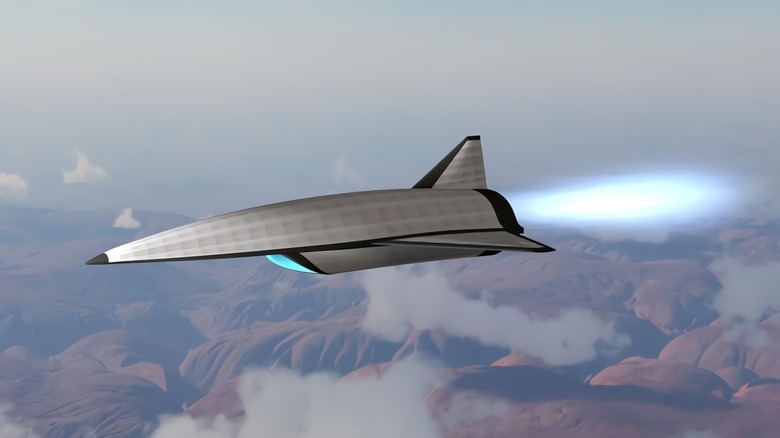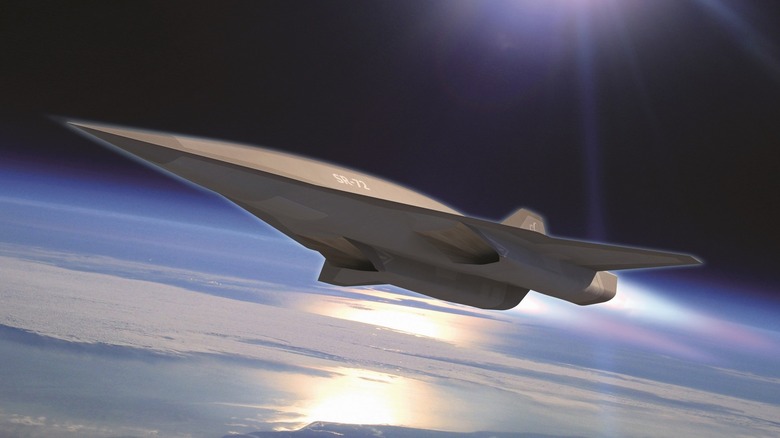The Incredible Capabilities Of The Air Force's New Hypersonic Bomber, And Why It's So Important
Draper, an engineering non-profit that has played a crucial role in projects like the Polaris A1 missile, Apollo 11 mission, and even COVID infection research, is joining the project to develop the United States' first hypersonic bomber. Dubbed "Project Mayhem," the contract, worth $334 million, was awarded to Leidos to help the U.S. Air Force Research Laboratory (AFRL) develop an air-breathing hypersonic system in December 2022.
Alongside Calspan and Kratos, Draper will work on Project Mayhem and contribute towards design, development, and testing of the hypersonic bomber system. Draper will help to design the guidance, navigation and control system, and will also contribute to the model-based engineering that will help evaluate the feasibility and costs of building the envisioned prototype.
Project Mayhem, which is seen as a successor to the legendary SR-71 aircraft, is meant to establish American superiority in hypersonic defense technology. Officially known as the Expendable Hypersonic Multi-mission ISR (intelligence, surveillance and reconnaissance) and Strike program, Project Mayhem will reportedly employ a cycle scramjet propulsion system. Short for supersonic combustion ramjet, a scramjet is a special kind of air-breathing jet engine tailored for supersonic airflow (between Mach 3 and Mach 6), as per NASA.
Undercutting missiles at breakneck pace
Thanks to their unique propulsion system, scramjet-propelled jets are touted to go at least as high as Mach 15. However, making such a machine is no easy task, because traveling faster than Mach 5 generates extreme heat due to air friction, and risks melting some core parts. Morever, merging the design of a traditional jet engine with the accelerating power of a scramjet engine is no easy feat, which is what has kept pushing the arrival of such an aircraft to the market yet. However, the benefits are massive.
Right now, hypersonic missiles are considered to be the pinnacle of defense — an area where the likes of China and Russia have also made notable advancements. The U.S. Air Force has already tested its first prototype hypersonic missile, the AGM-183A, that is rumored to go as fast as Mach 20. On the other hand, Project Mayhem, itself traveling at hypersonic speeds, will launch conventional missiles at the target without the risk of being detected or fired upon.
A hypersonic bomber would prove an extremely destructive, yet economical, option compared to Hypersonic missiles. To recall, the SR-71 flew under Mach 4, but was never caught by enemy missiles during its entire run.

